Beat Light Pollution with Didymium Filters: A Comparison
As a night shooter, I am always on the lookout for filters that can fight the ever-invasive light pollution. My first light pollution filter was the Benro True Night filter, and to date, it remains a favorite. I have since tried others on the market. This is a review of the Kase Neutral Night filter, the ICE LiPo filter, and the ICE LiPoMax 1.5x filter.
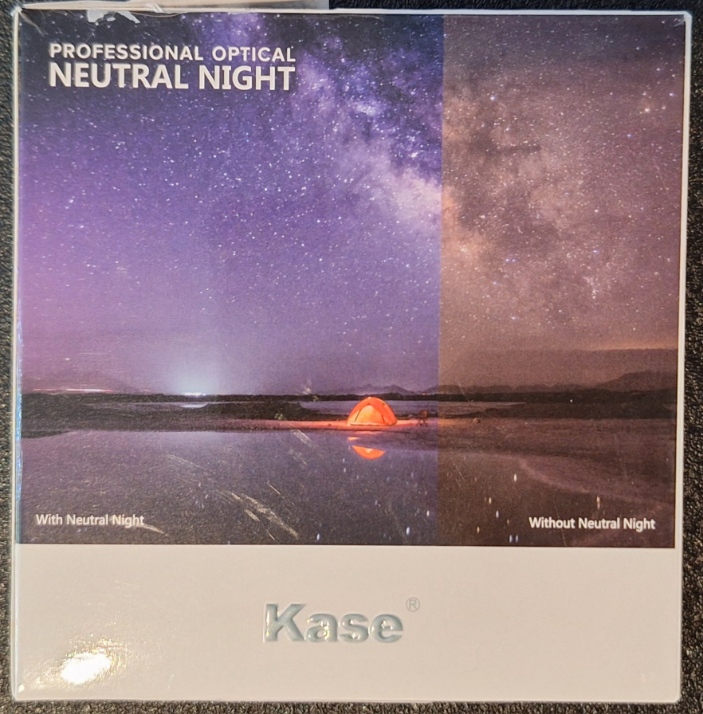
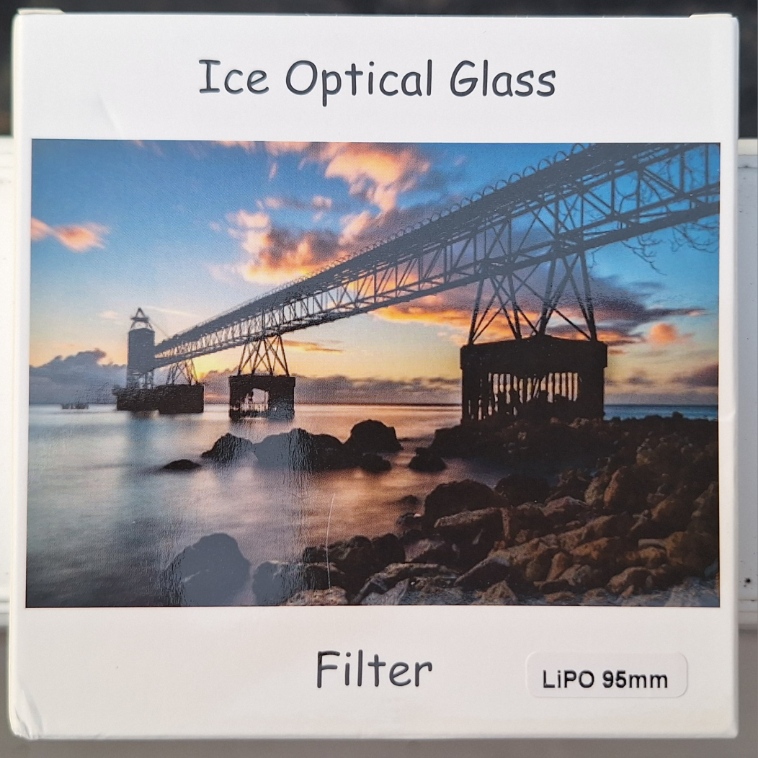
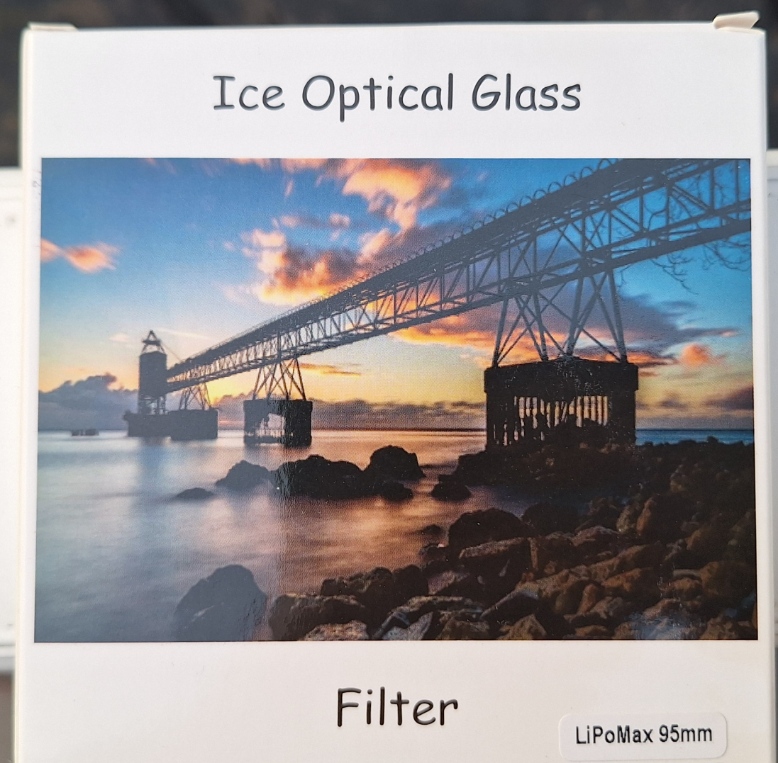
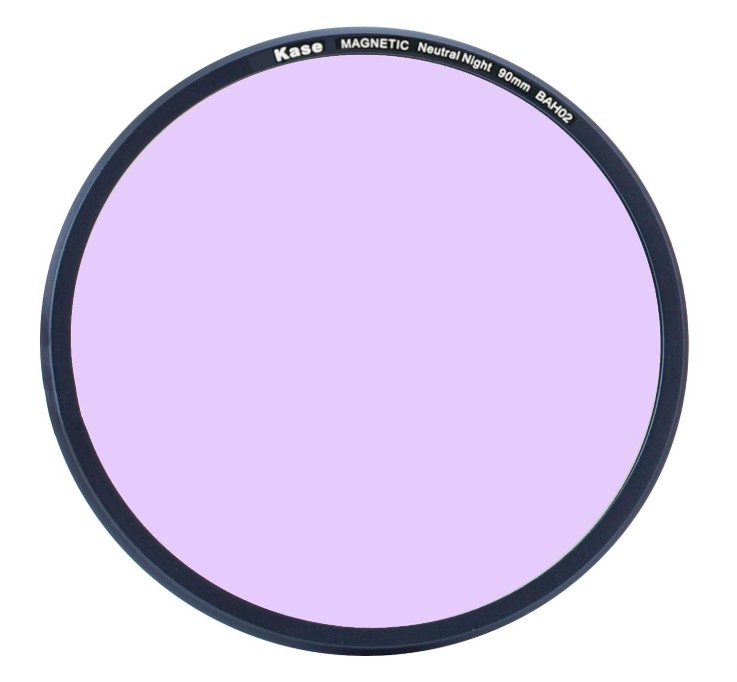
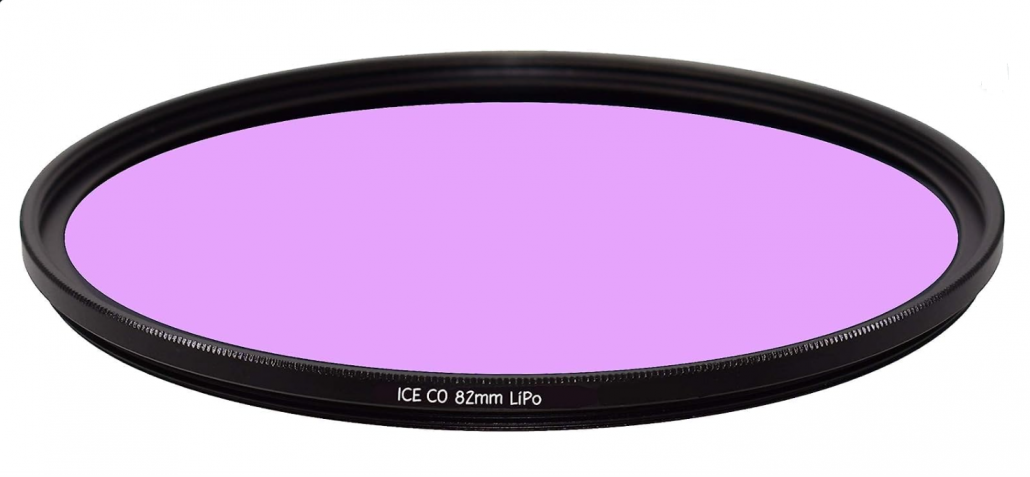
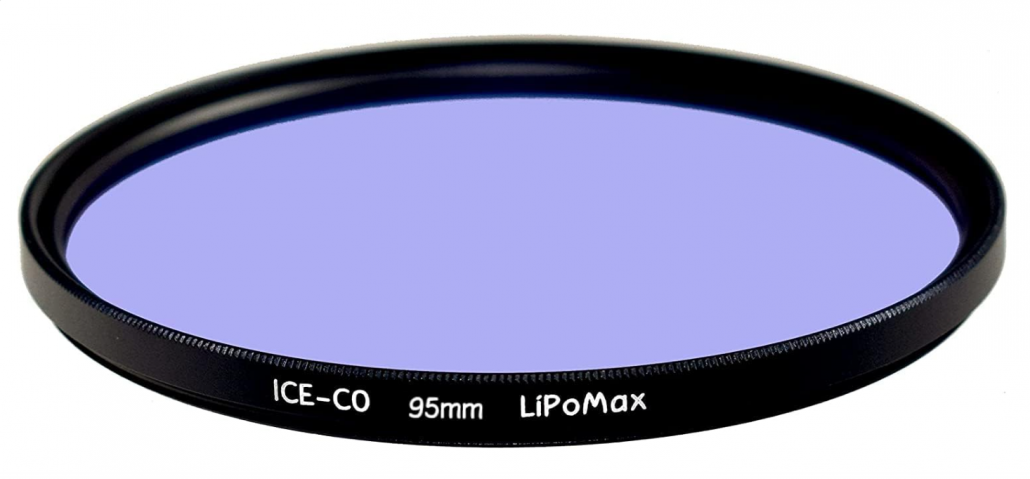
What are they made of?
All three of the filters are made of Didymium glass. Didymium was discovered in 1841 and is a mixture of rare earth elements, primarily consisting of praseodymium and neodymium. The name “didymium” comes from the Greek word for “twin,” which reflects its dual composition. This element is commonly used in various applications, including coloring glass for optical filters, calibration materials for spectroscopy, and manufacturing safety glasses for glassblowers and welders.
Didymium photographic filters are particularly valuable tools for enhancing the visual appeal of autumn landscapes. These filters work by selectively removing certain wavelengths of light, specifically targeting the orange region of the color spectrum. This selective filtering acts as an optical band-stop filter, which helps to eliminate the “muddy” appearance that can occur in images when colors in this range are overly pronounced. As a result, the vibrancy of autumn leaves is accentuated, allowing for richer reds, yellows, and oranges that are more representative of the season’s natural beauty.
In addition to their use in capturing fall colors, Didymium filters are also beneficial for nightscape photographers. These filters can effectively absorb and filter out portions of the light pollution that emanates from sodium streetlights, which are commonly found in urban settings. Light pollution can wash out details and colors in nighttime photography, but by using Didymium filters, photographers can improve the clarity and contrast of their images, resulting in more stunning depictions of nighttime scenes. This dual functionality makes Didymium filters a versatile accessory for photographers looking to elevate their work in various lighting conditions.
The Opinions
There are varying opinions on the effectiveness of these filters. Some people argue that they don’t serve a real purpose and merely introduce a blue tint to the image. In contrast, others believe that they do fulfill a significant role by addressing the numerous white balance issues caused by the widespread use of LED lighting, enhancing starlight, and reducing light pollution. Night photography presents several challenges, one of which is achieving proper color temperature (white balance) in urban scenes. The night sky is often plagued by light pollution, which can obscure and dim the visibility of stars.
Filters do perform a function. Consider UV, IR, polarizing, and ND filters, for example, they all have an effect on an image. Astronomers use filters to (successfully) cut through light pollution.
The Tests
These images were taken with a Nikon Z9 and Viltrox 16mm f/1.8 Z lens in Sandwich, Massachusetts. The view of the Milky Way is over land and has a class 4 Bortle rating (suburban/rural light pollution). I chose this area to test the filters because of the brightly lit area in the foreground and the Milky Way visibility. To understand the effects of light pollution filters on urban scenes and their benefits, please refer to this post.
The unfiltered image was shot with a white balance of 4350K; the rest used auto white balance. All other settings were the same.
I reviewed the results using a variety of methods. These methods are part of my workflow for astrolandscapes. Depending on the shooting conditions, I see which method works best.
Method 1
The raw images were brought into Adobe Camera Raw. The Nikon Z9 linear profile was applied to all 4 images. Sharpening was applied, and the texture slider was increased to 100 to bring out the most star detail.
📷 – Nikon Z9 | 🔘 – Viltrox 16 mm Z | 🎞 – ISO 1600 | 🔘 – f/1.8 | 🕒 – 8 seconds
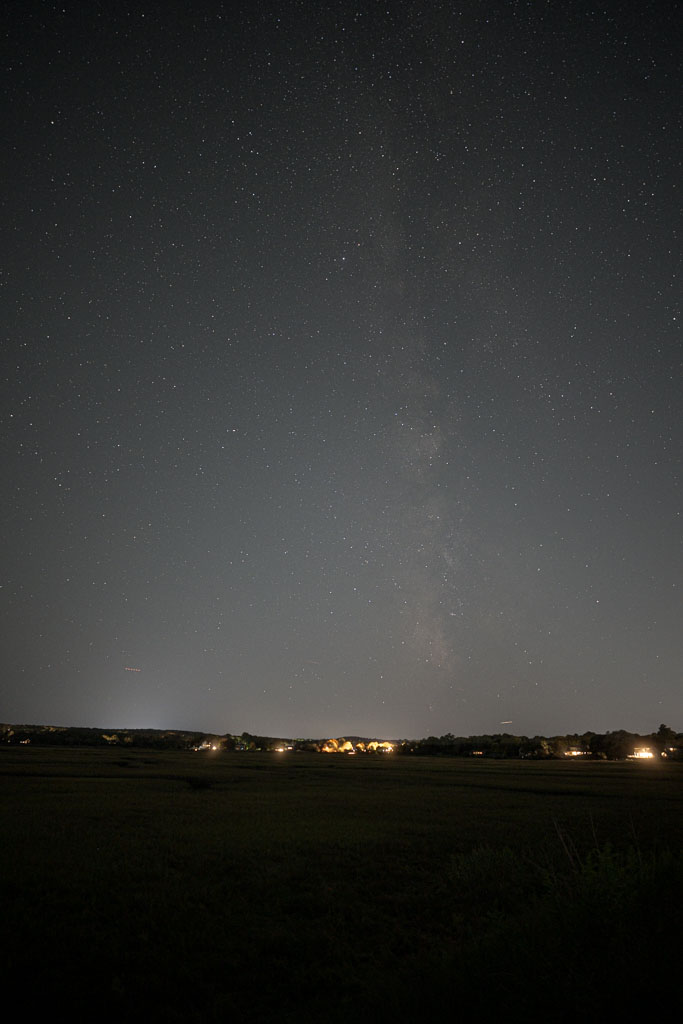
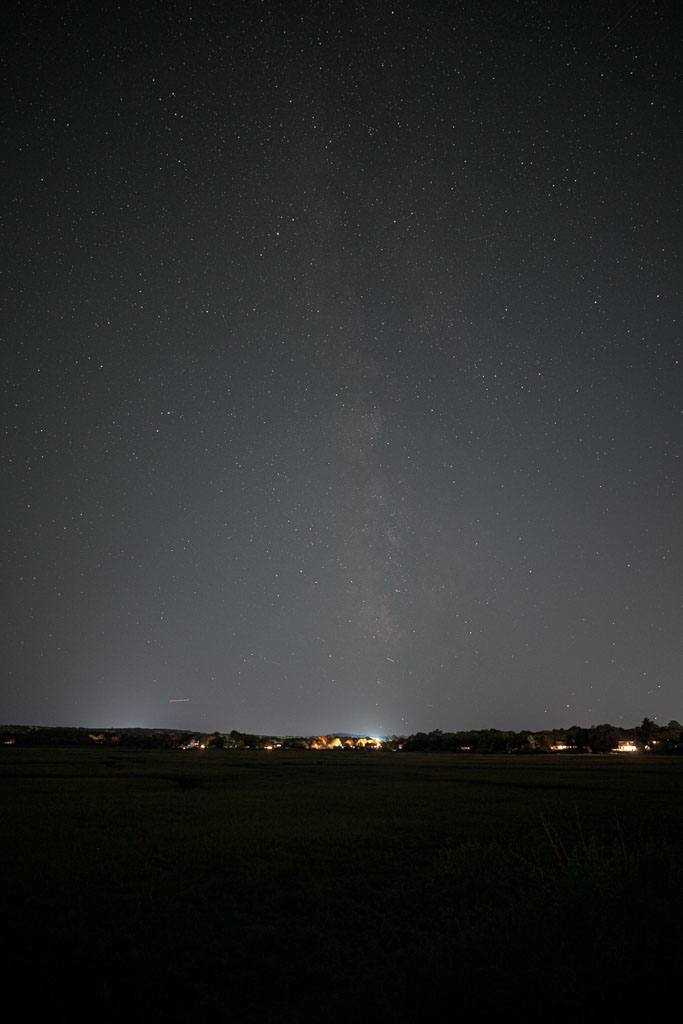
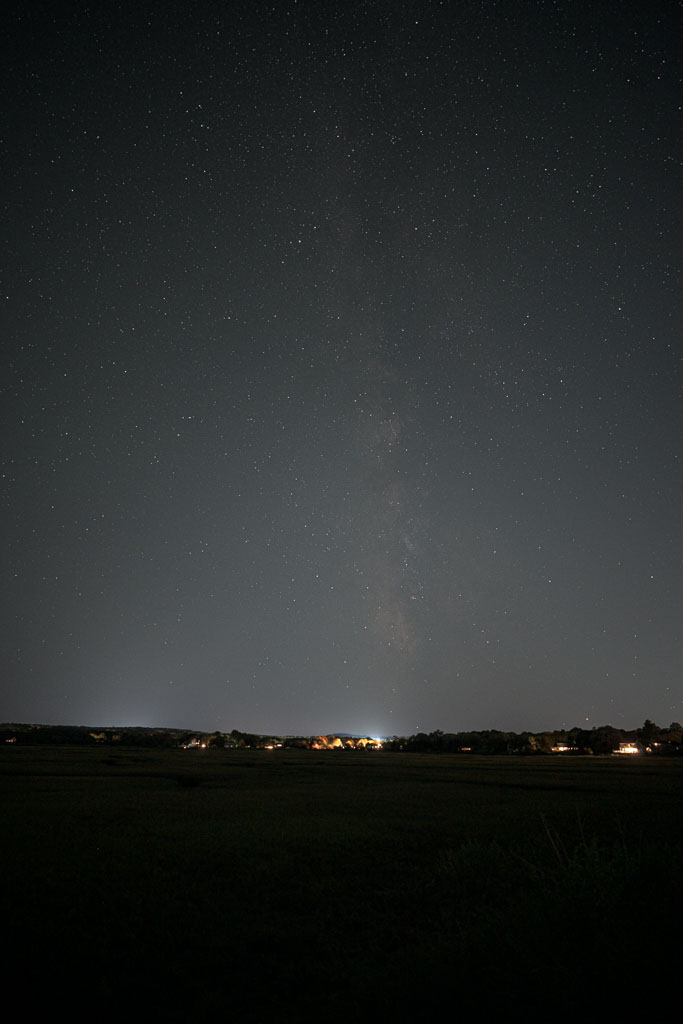
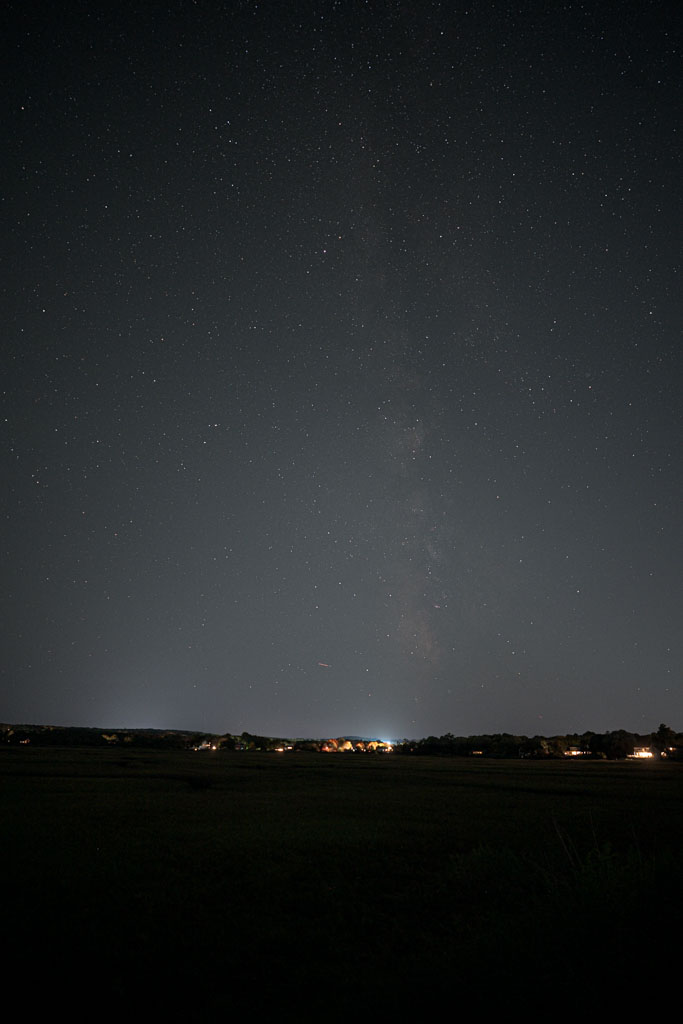
Method 2
The raw images were exported to 16-bit TIFF files using Nikon’s NX Studio. The picture profile was changed from Flat to Standard before export. The TIFF files were open in Adobe Camera Raw. The texture and clarity sliders were adjusted equally across all 4 frames to enhance the stars for a clearer comparison.
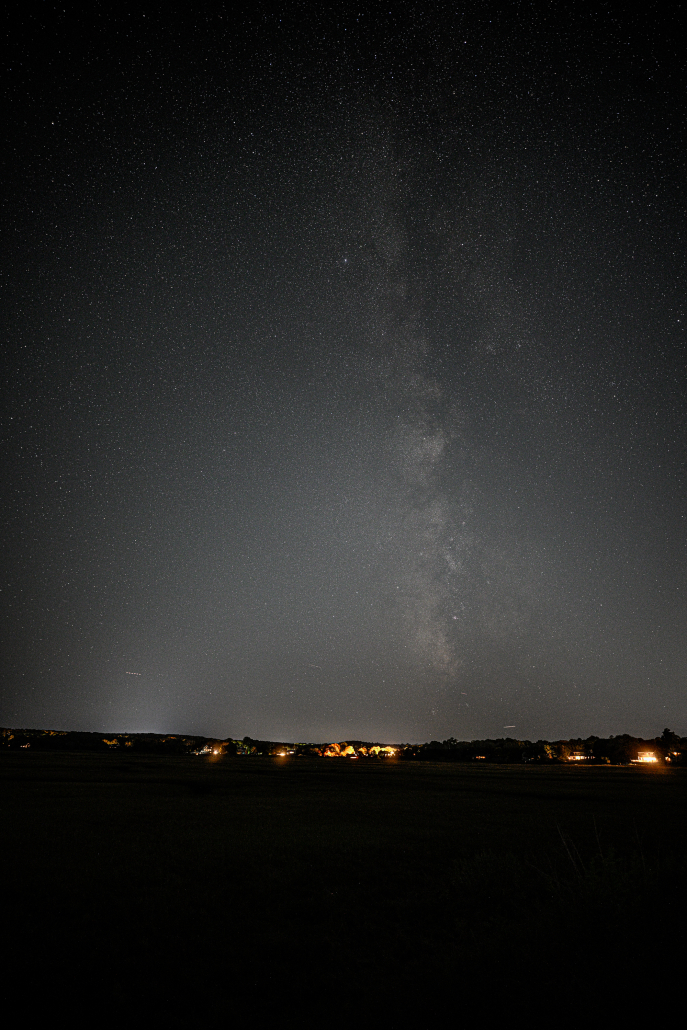
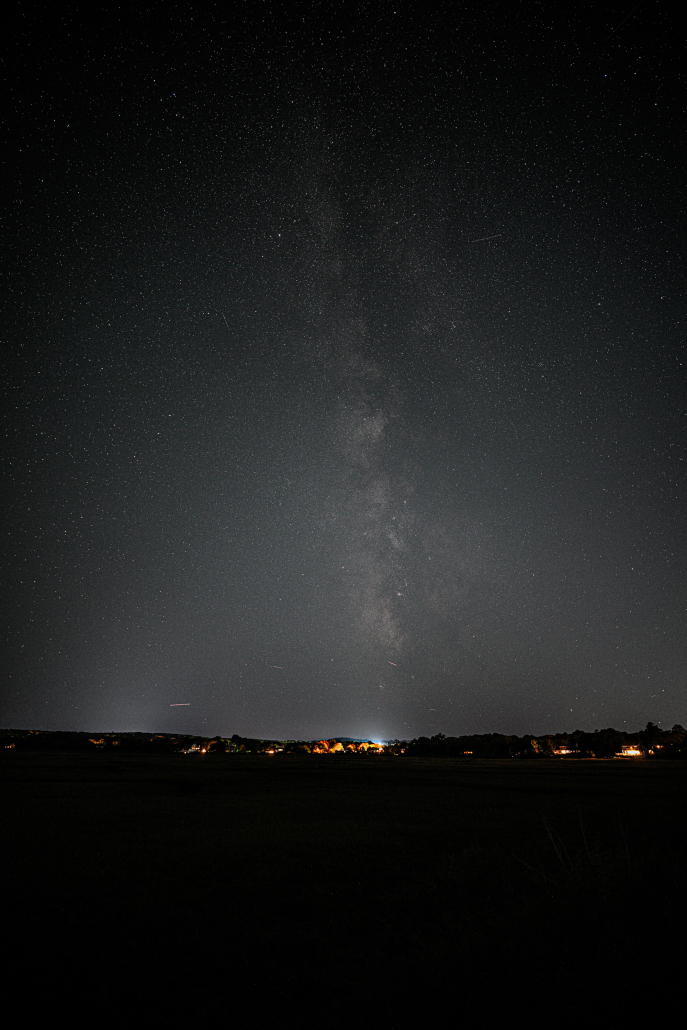
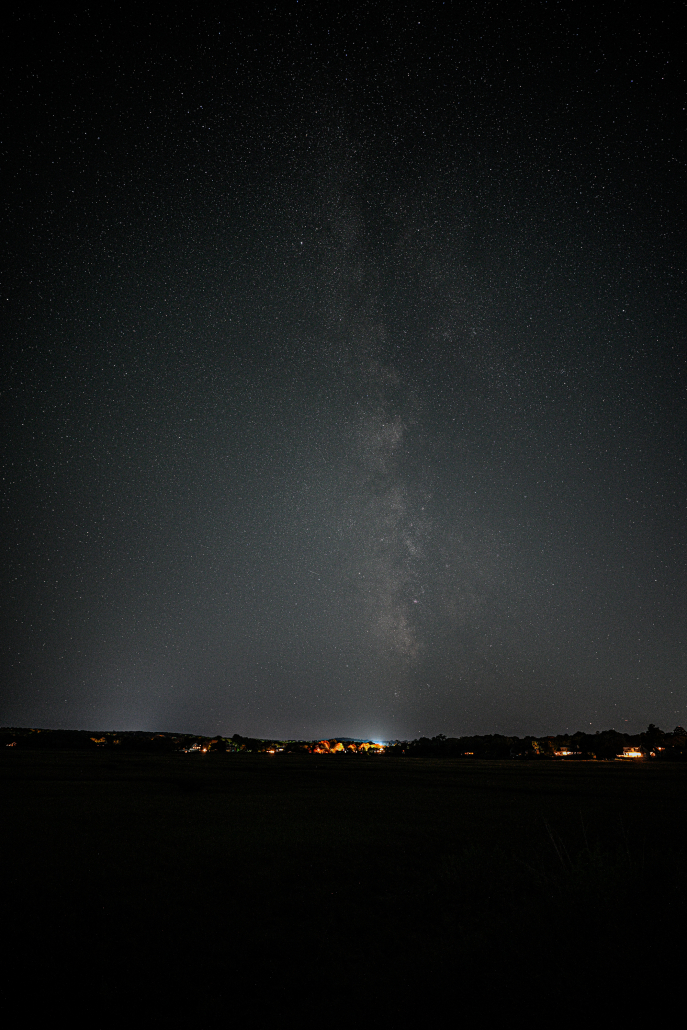
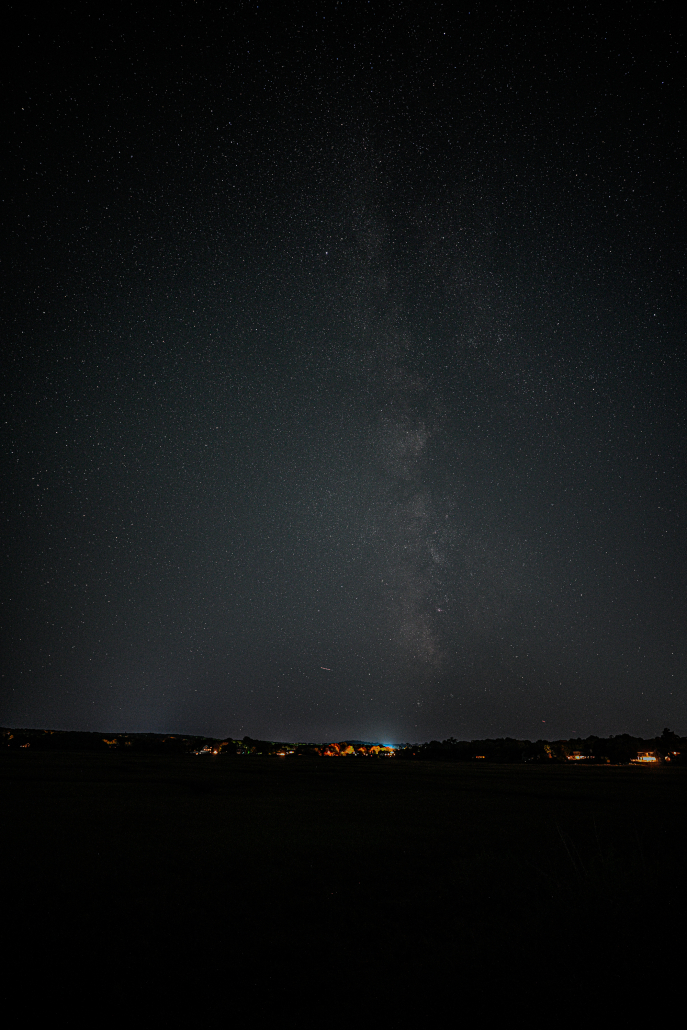
Method 3
The raw files were preprocessed through DxO PureRaw 5, then brought into Adobe Camera Raw. The Nikon Z9 linear profile was applied to all 4 images. Sharpening was applied, and the texture slider was increased to 100.
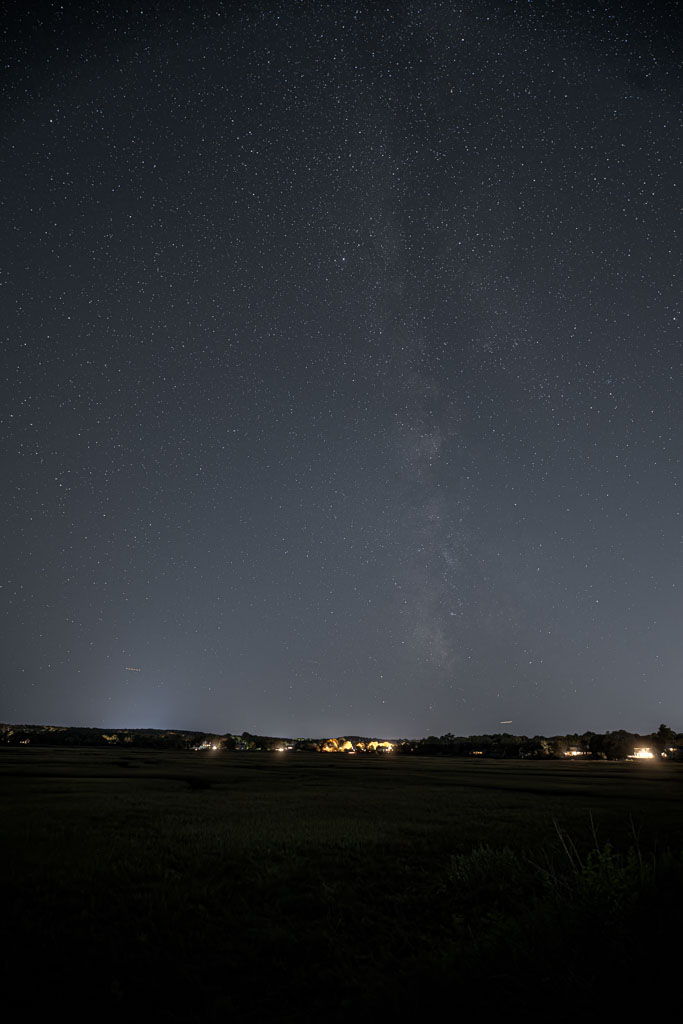
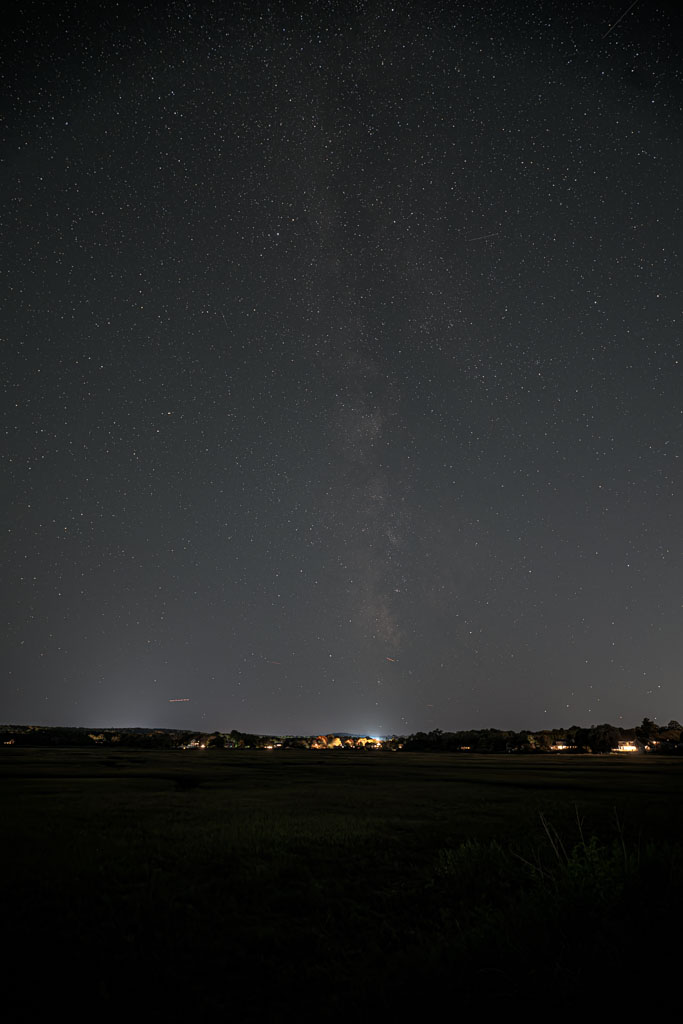
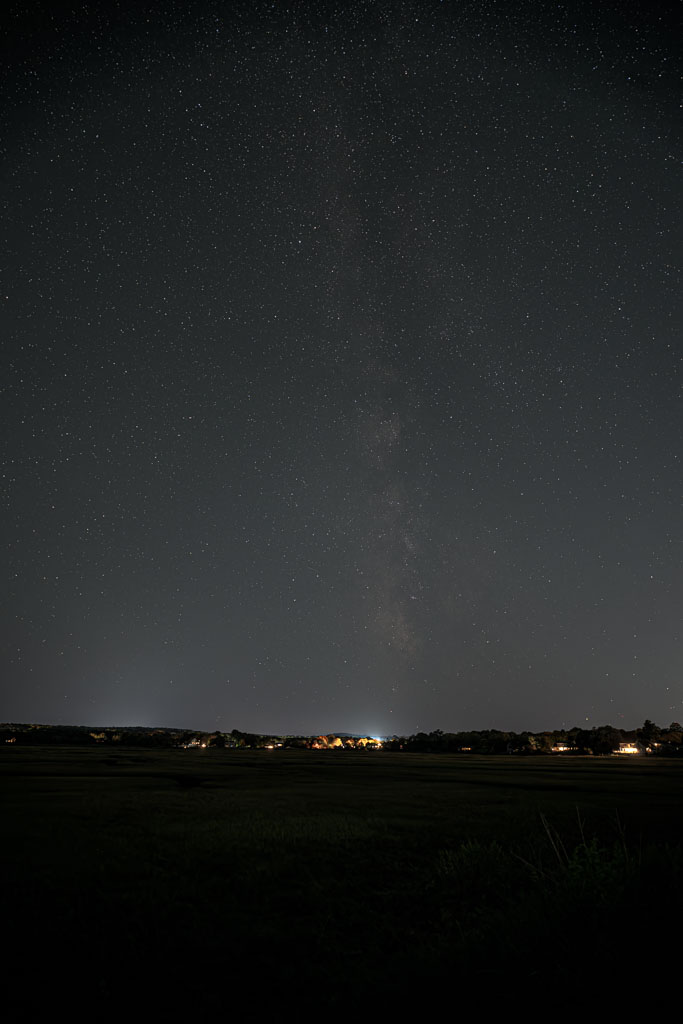
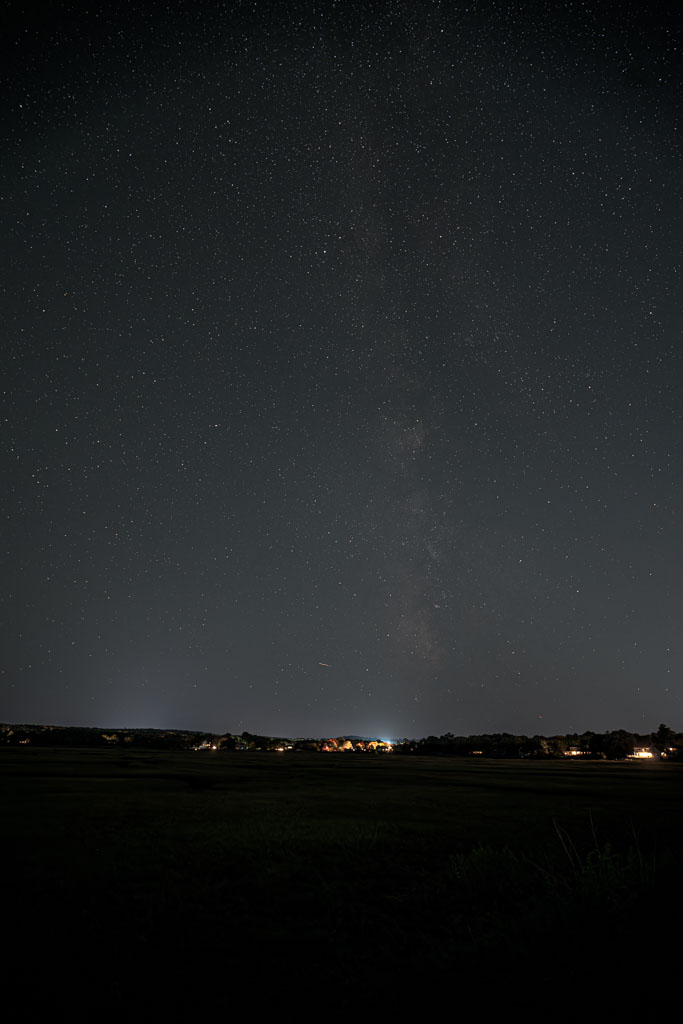
A Closeup Look
Here are two sets of comparisons. The first is a detailed look at the sky and Milky Way core using Nikon’s NX Studio on the raw files directly. No adjustments were made beyond changing the picture profile from flat to standard.








Next, comparing the 4 images pre-processed through DxO PureRaw 5, zoomed in at the same level in Photoshop.
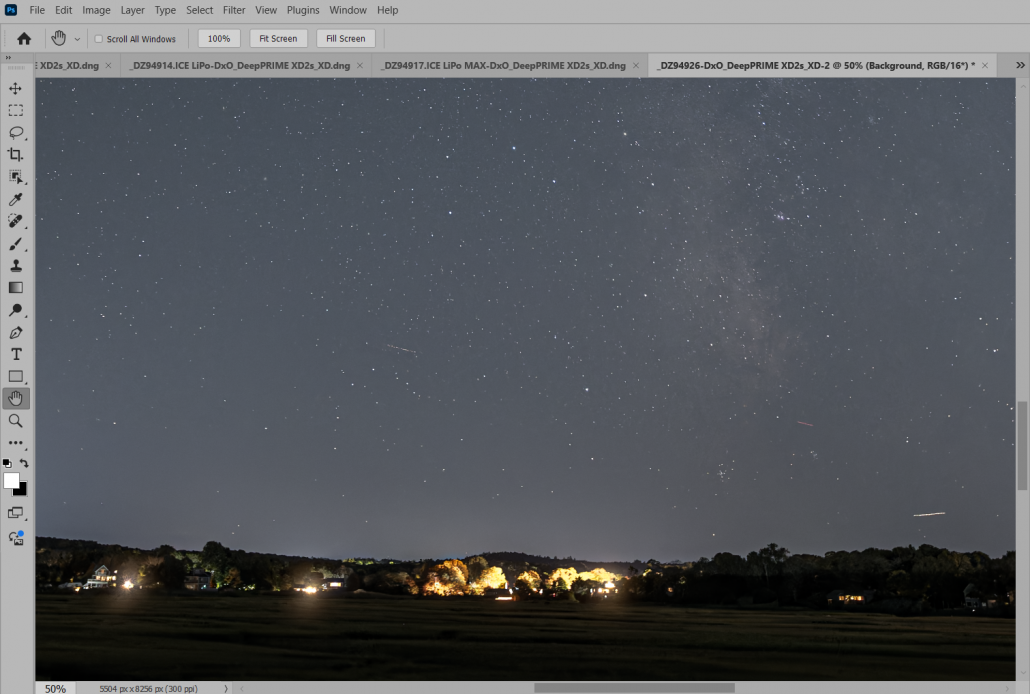
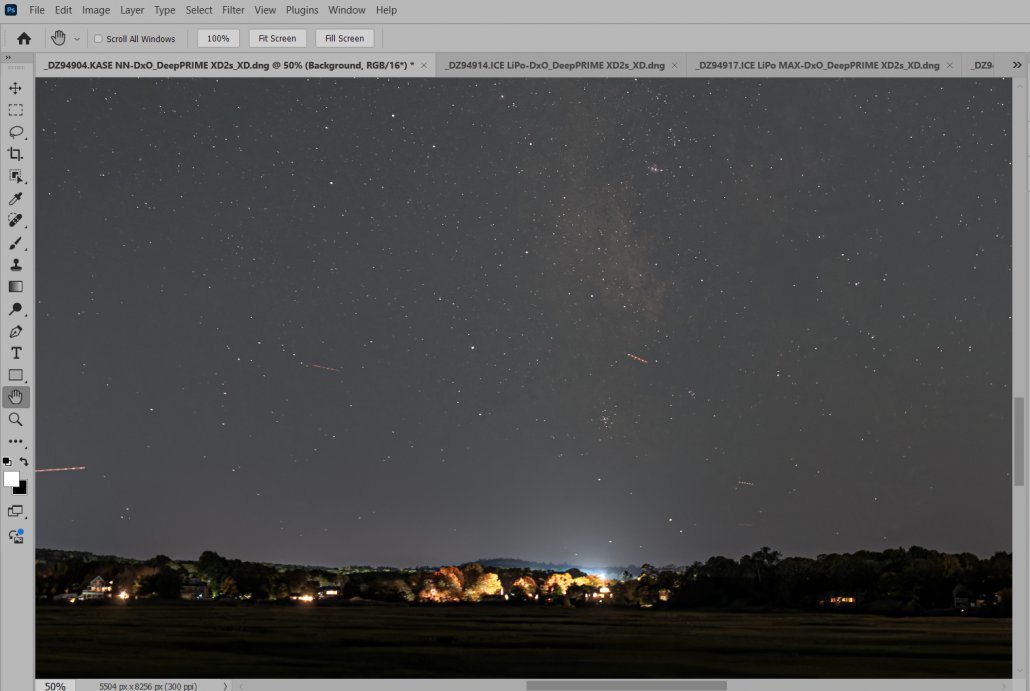
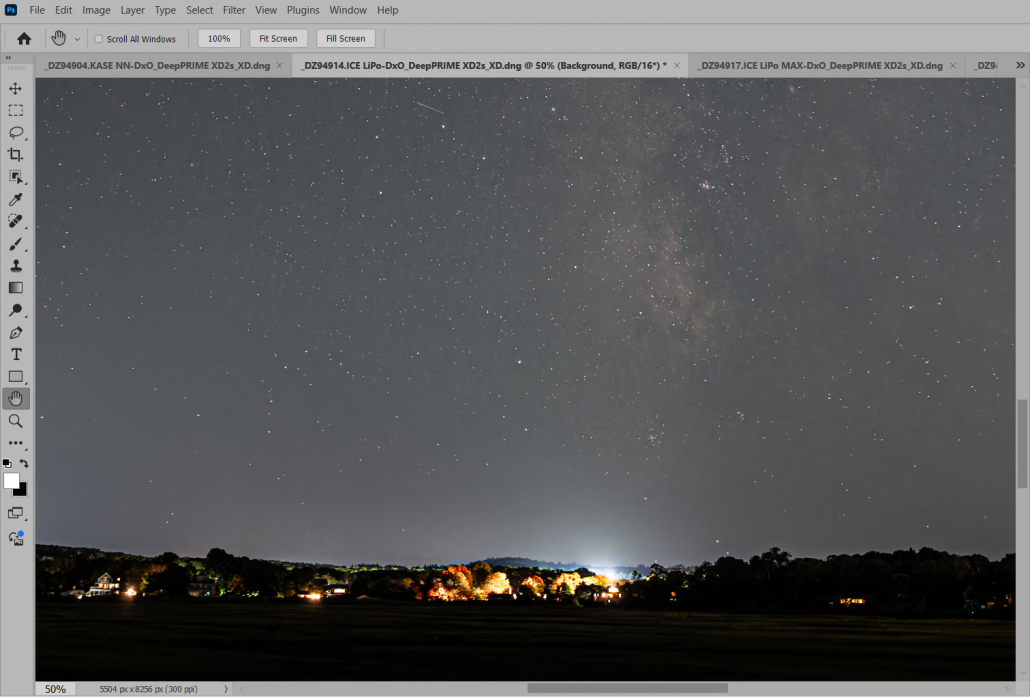
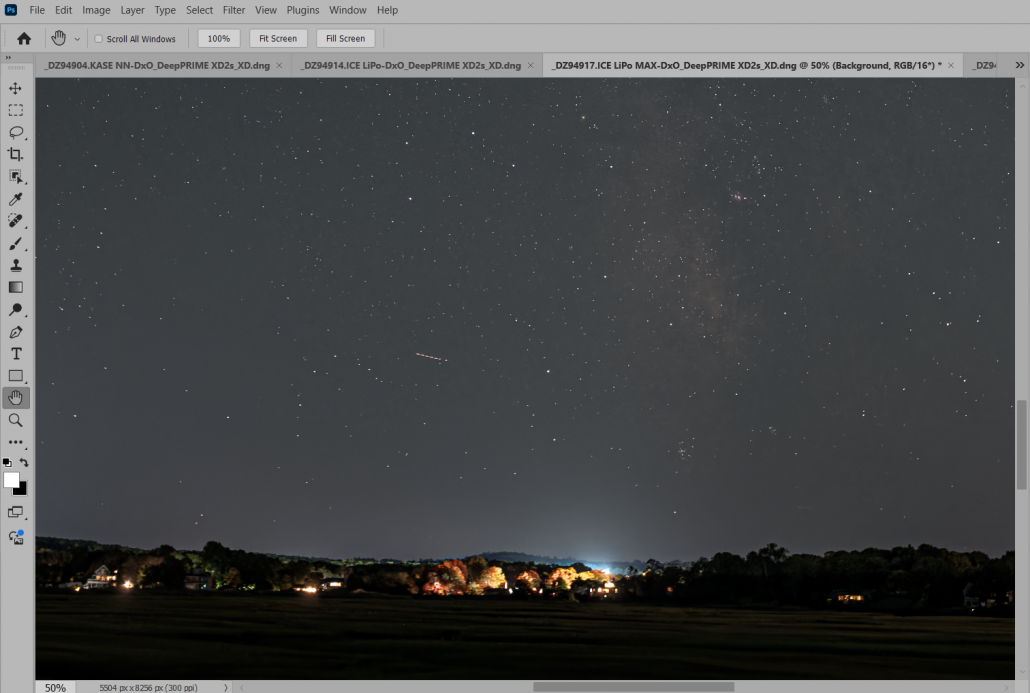
Results
All three filters diminish the light bloat and glare, restoring detail in the objects and balancing the exposure. The Kase Neutral Night and the ICE LiPo are about even in the filter effect. The ICE LiPoMax 1.5x filter has a more intense effect, as expected.
Comparing the sky detail, the filters provided greater contrast to the stars. Faint stars are more defined.
Light pollution filters have the greatest effect on urban and suburban scenes. They help balance the exposure and white balance and can greatly improve the final image. For starry landscapes, light pollution filters help balance the exposure when artificial lights are present, diminish the upward glow of unshielded lights, and can help bring out dimmer stars that are washed out by light pollution.
Have you used light pollution filters? Which ones? What has been your experience? Let’s hear them in the comments below.
Night Shades – A Guide to Photography after Dark
Sights Beyond the Spectrum – An Infrared Photography Handbook
Master the Benro Polaris: The Ultimate Handbook for Photographers and Astrophotographers
© Silvana Della Camera
Join the Night Sky Newsletter
Exclusive astrolandscape tips, infrared secrets, and early workshop alerts.
To learn about upcoming workshops and tips on photography, consider subscribing to my website.
Taking photos and want to make them more compelling?
Art isn’t just for walls. Art is also to hold in one’s hands.
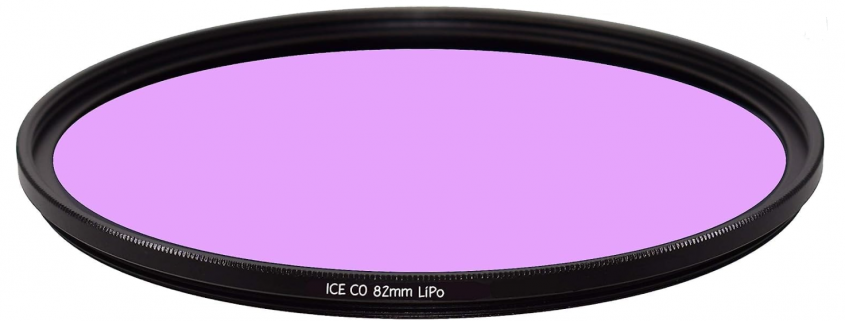
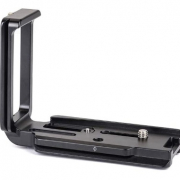


 Silvana Della Camera
Silvana Della Camera

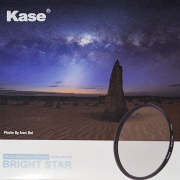
 Silvana Della Camera
Silvana Della Camera

Great test/ compare. Thanks Silvana for doing it and spreading the results
Thanks so much for the feedback, Ivan. I am glad you found it useful.